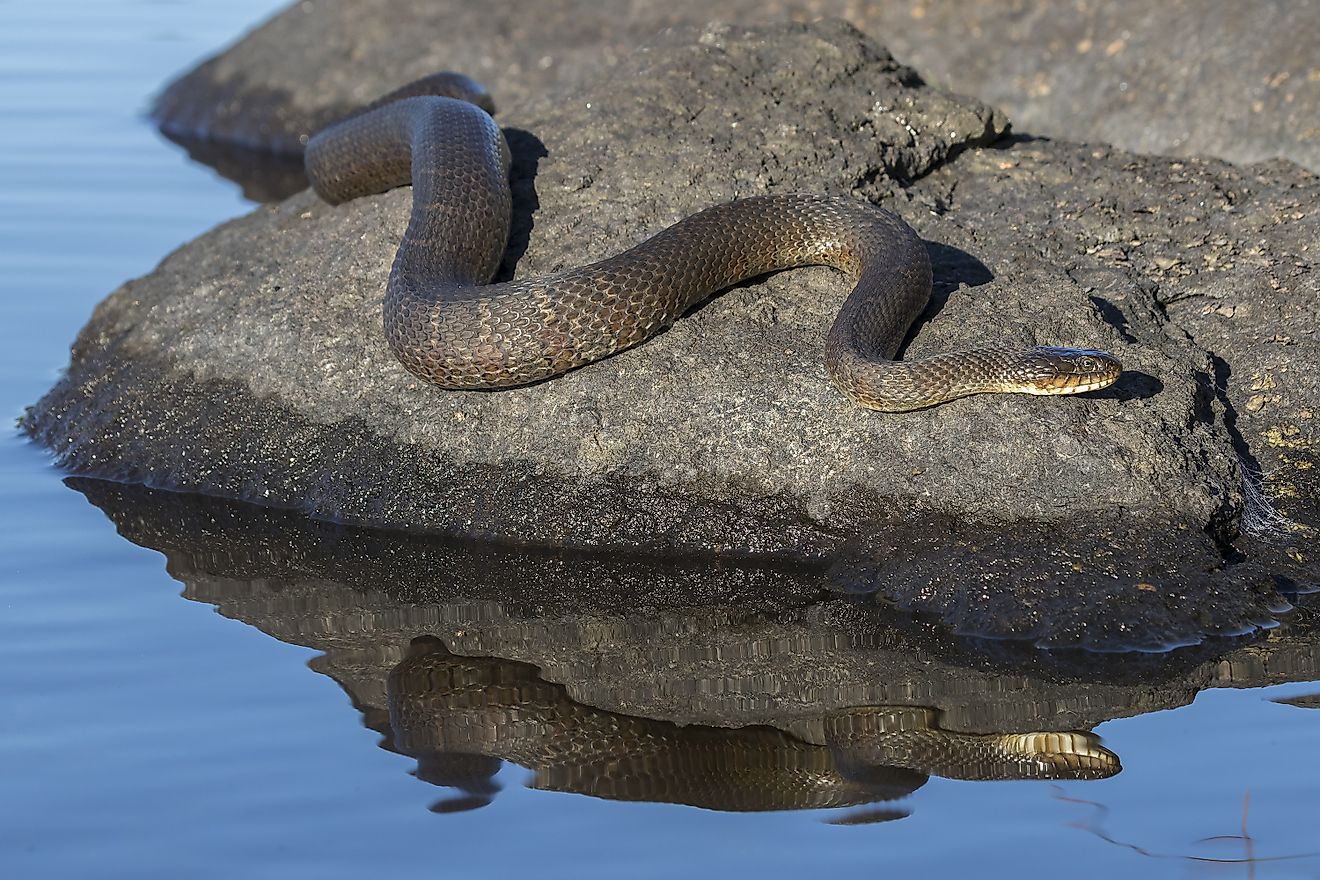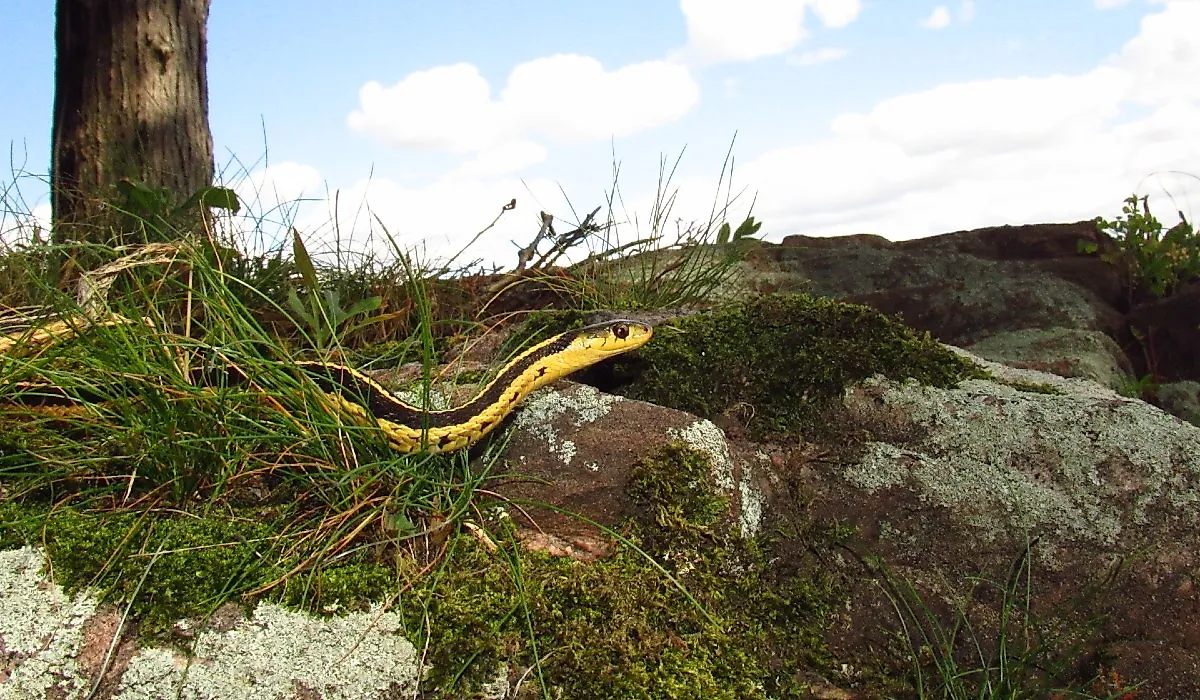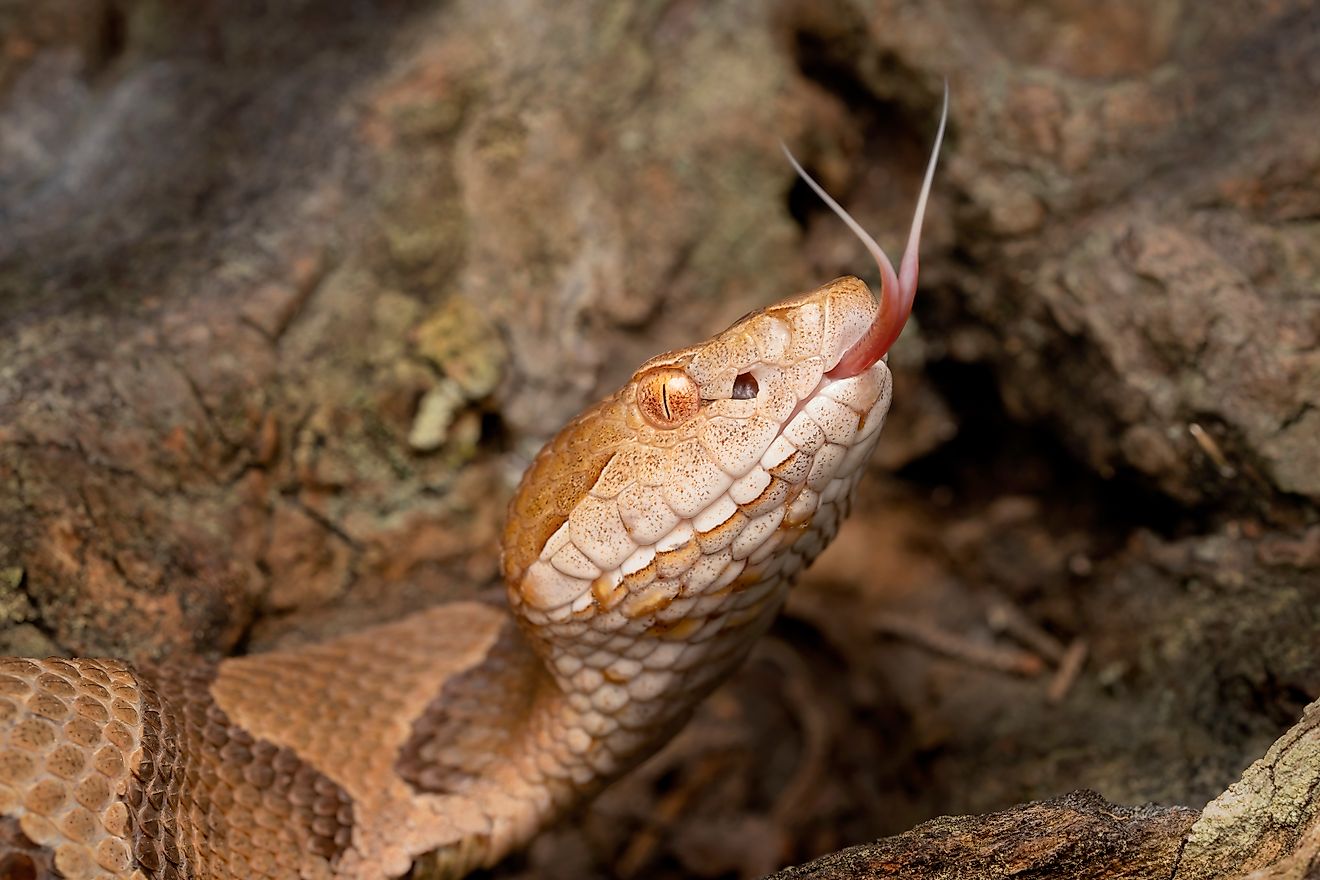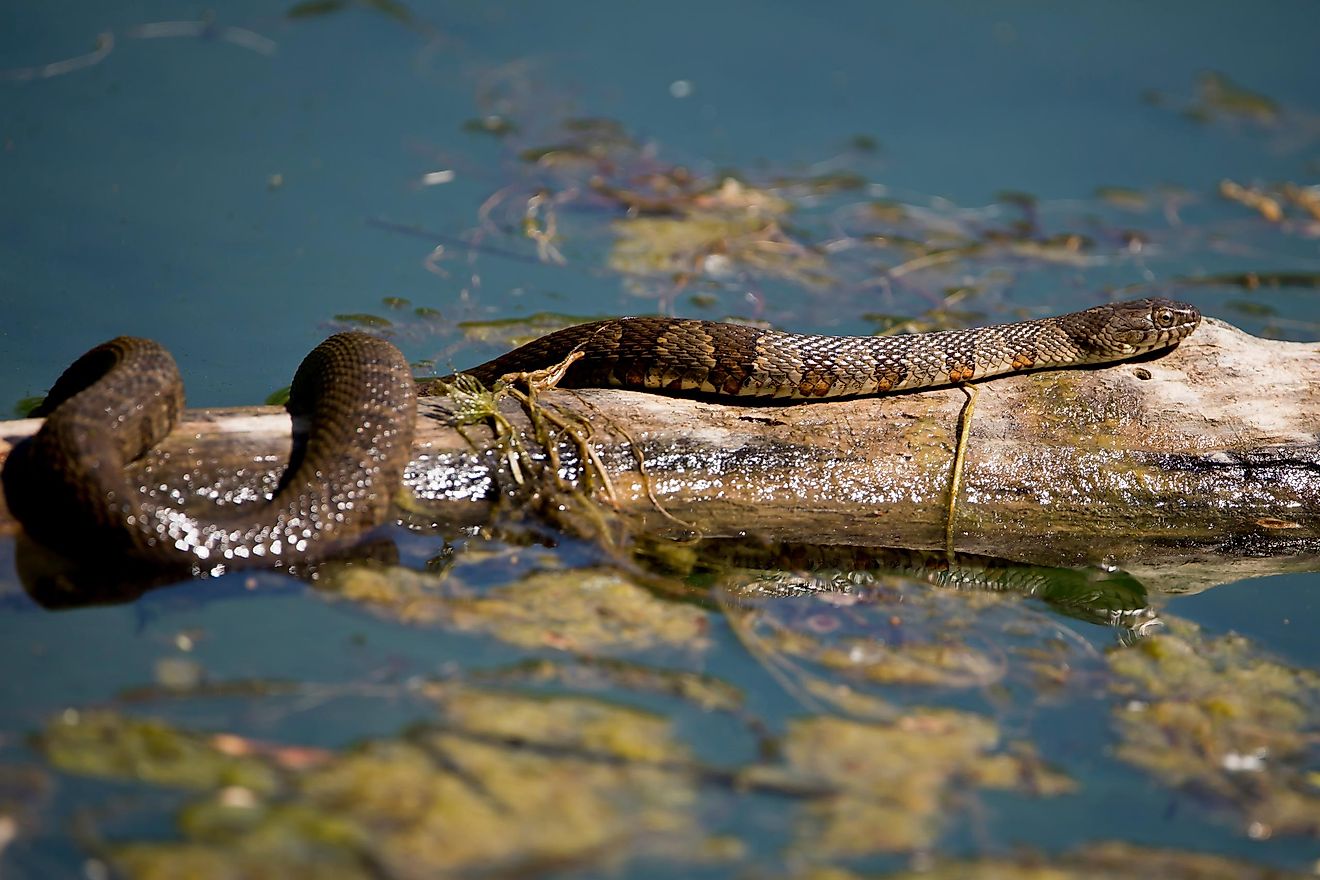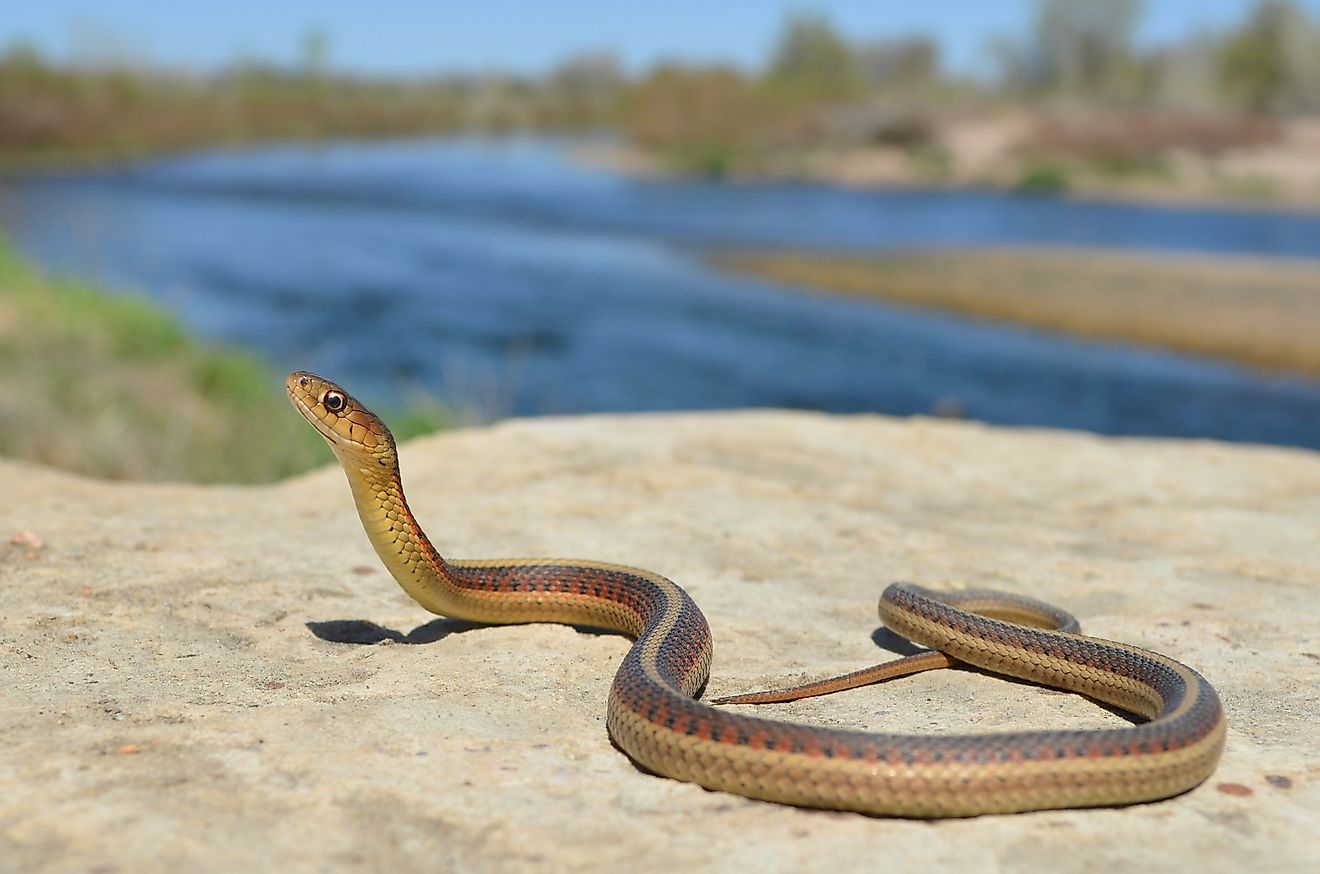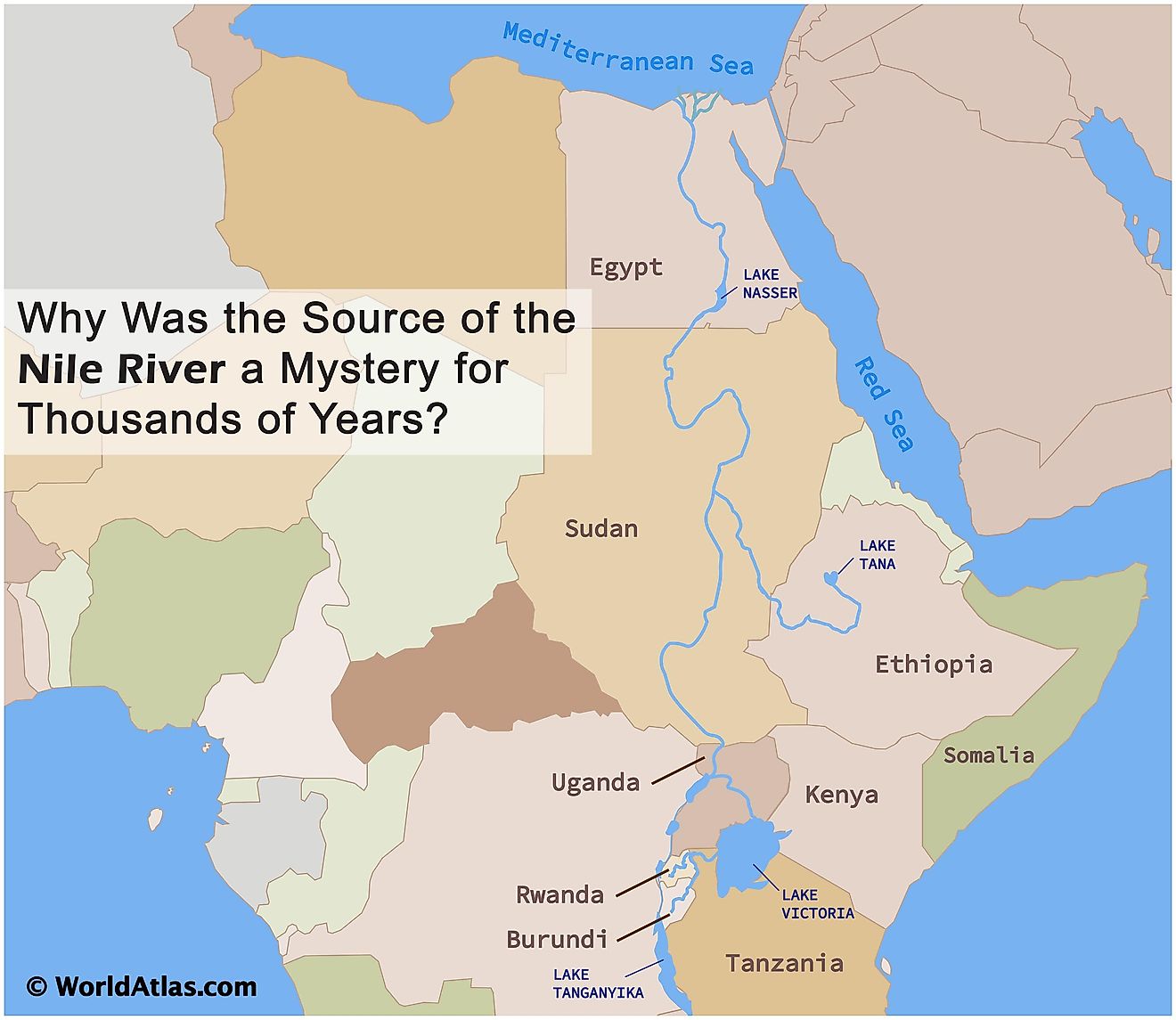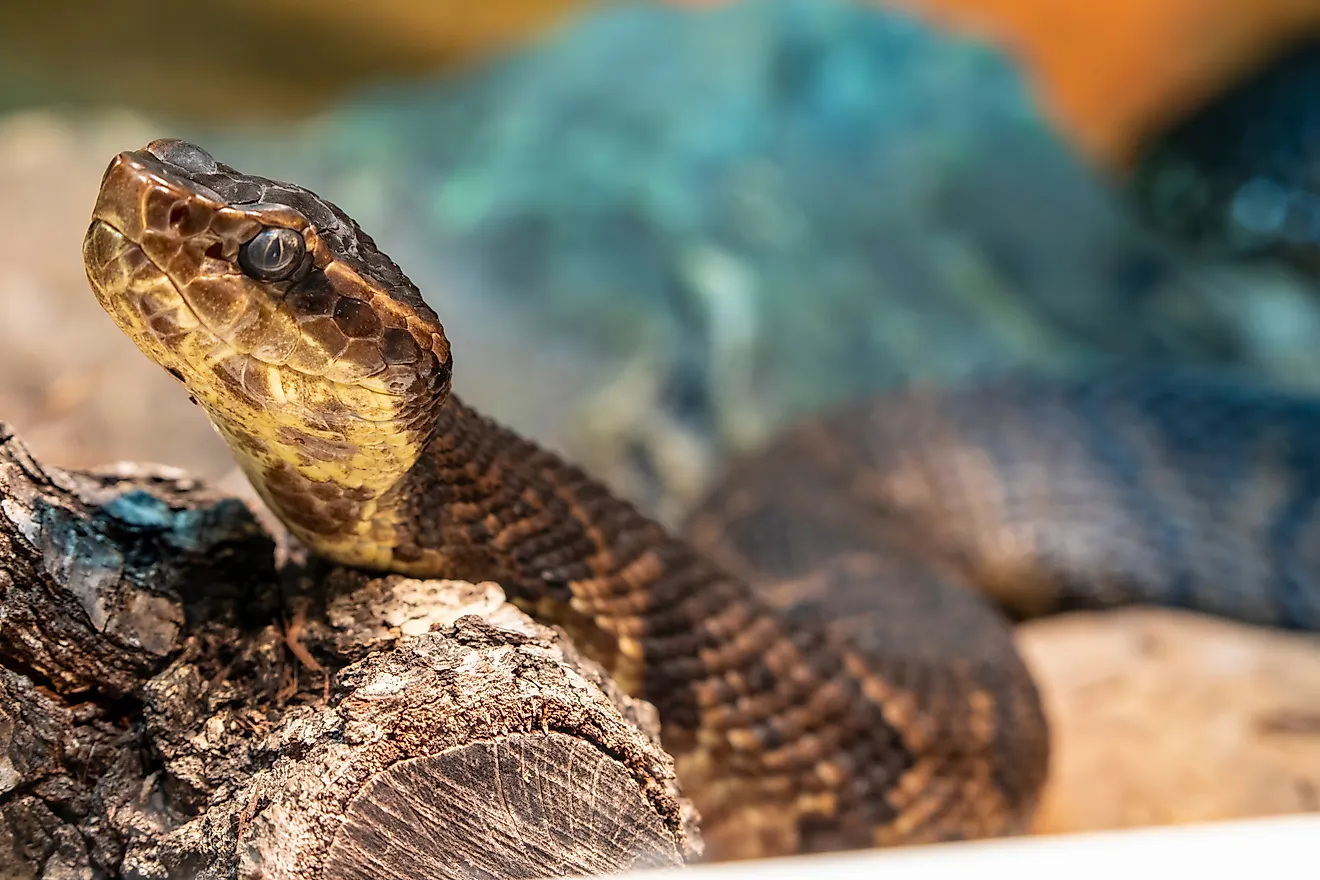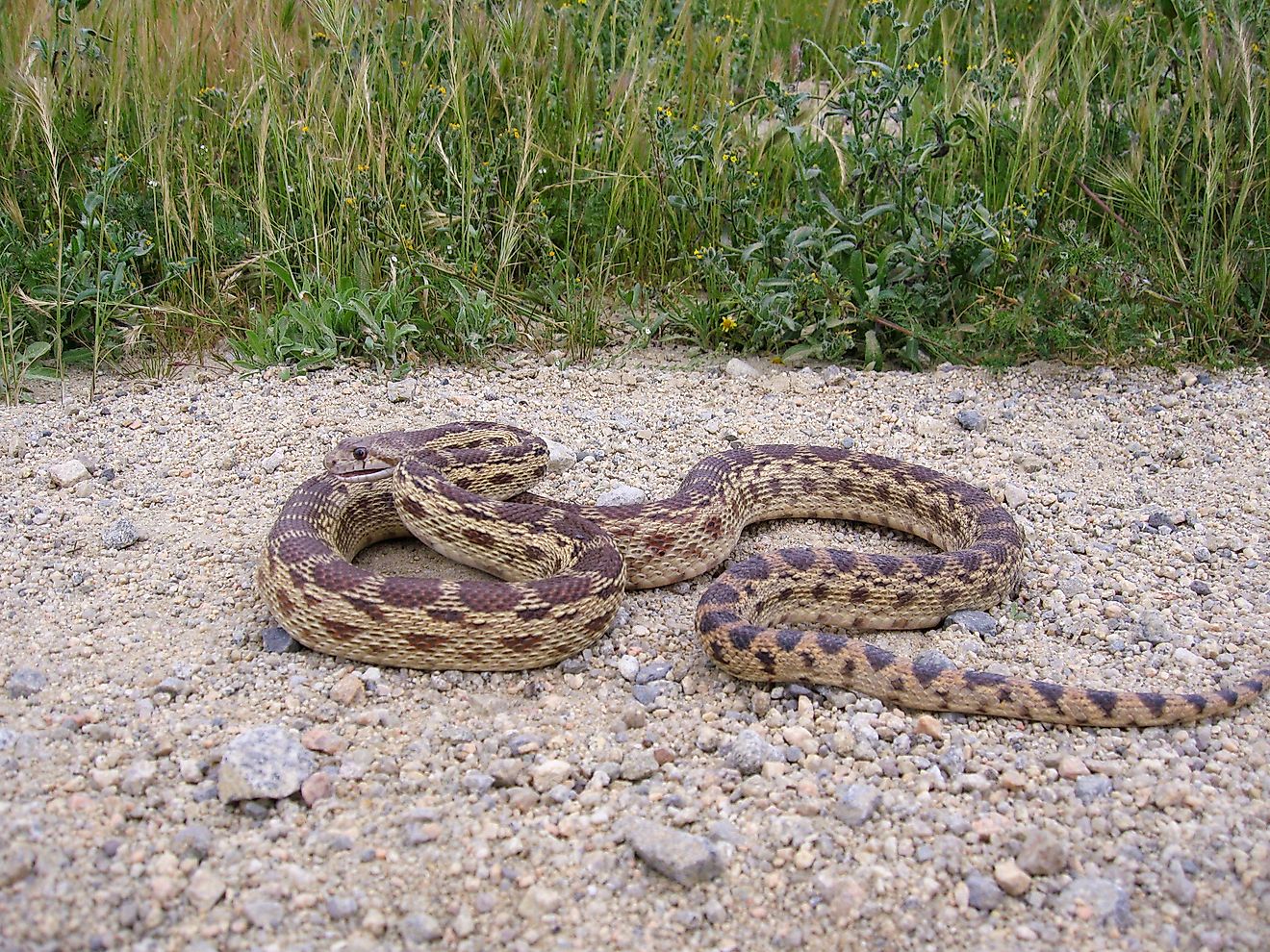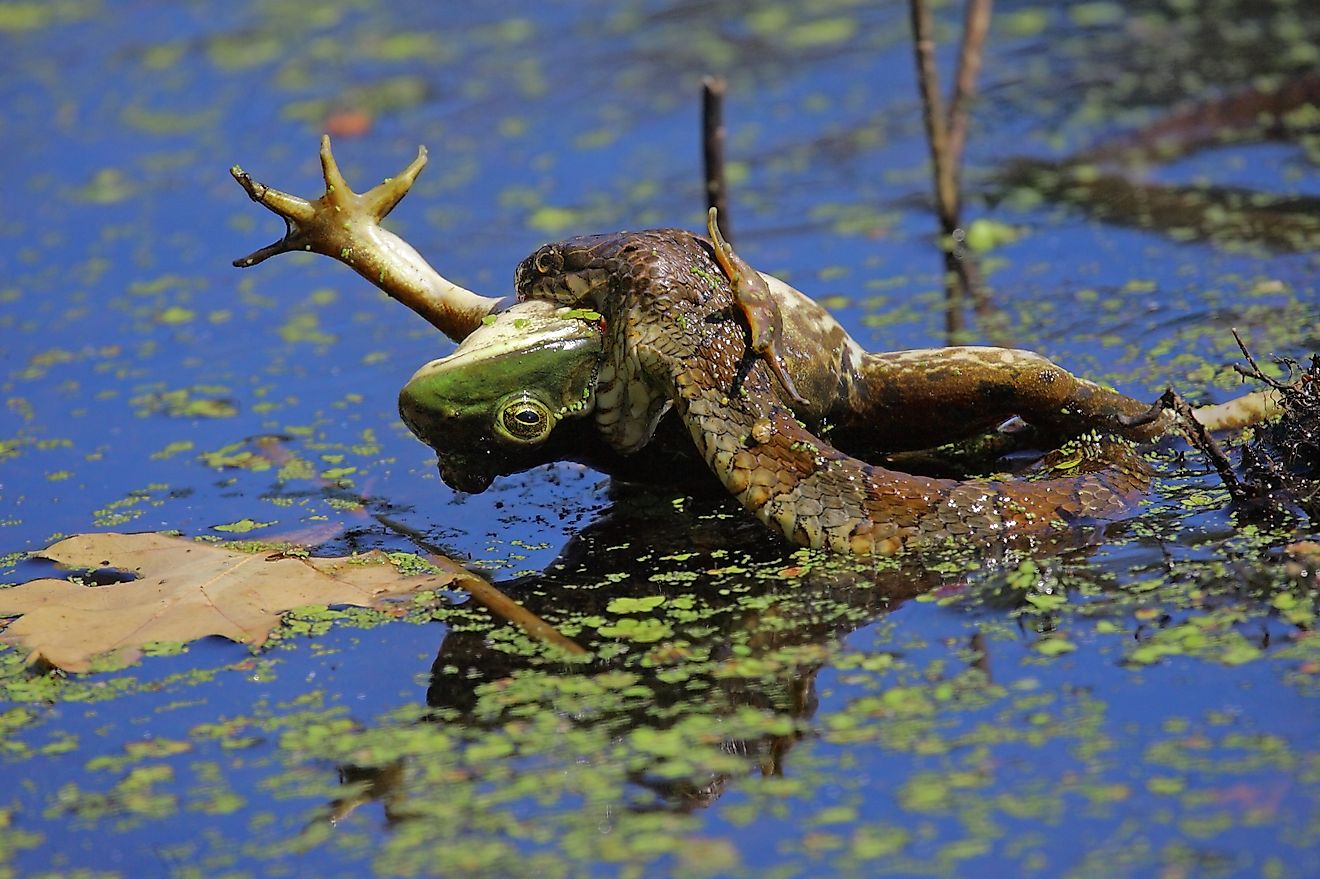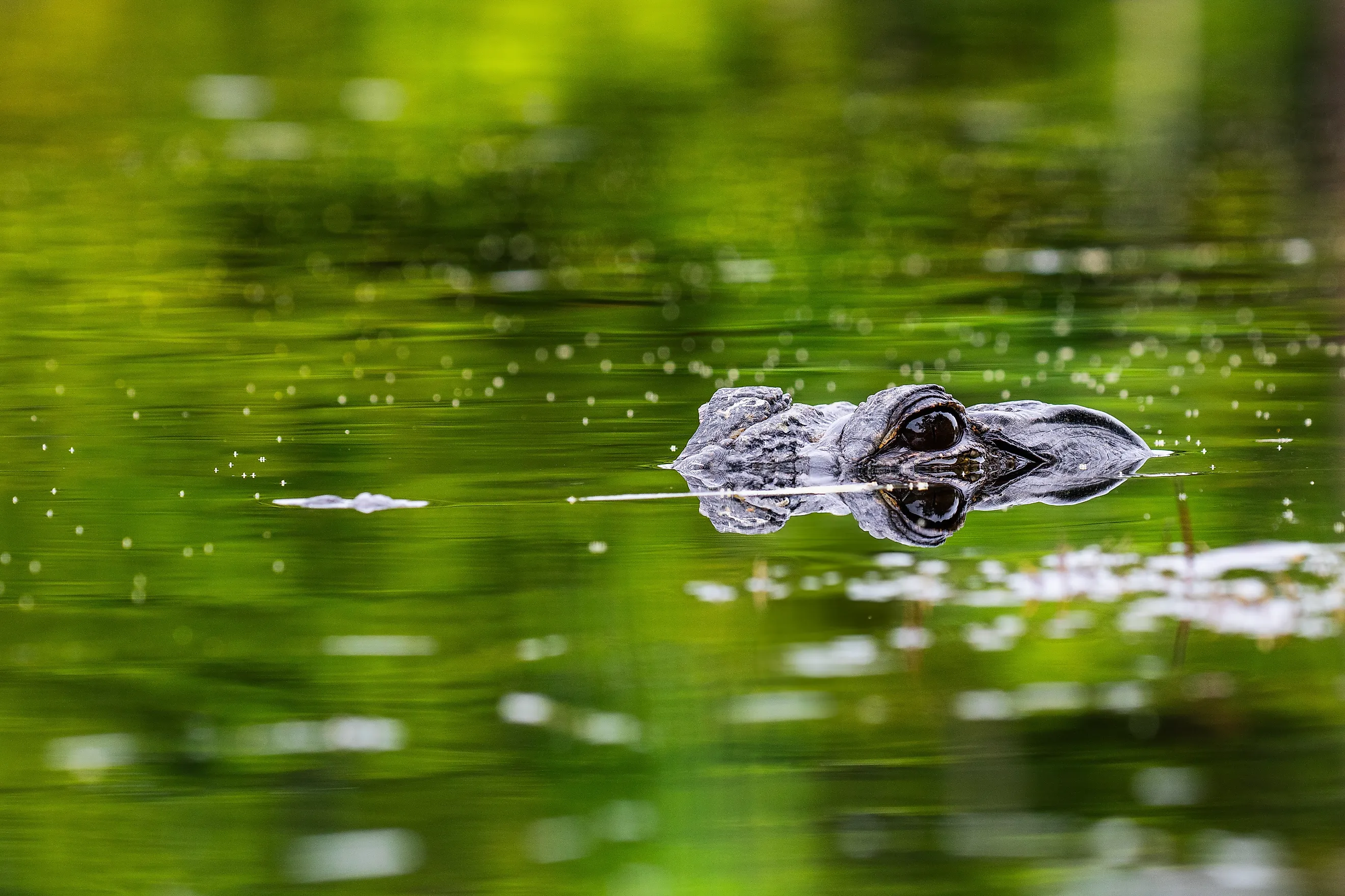
5 Most Alligator Filled Rivers In Alabama
Alabama’s vast network of rivers hosts some of the most concentrated American alligator populations in the United States, and the entire world, for that matter. From meandering backwater streams to expansive deltas, these waterways provide the warm, vegetated, and secluded habitats that these sizable reptiles require.
Understanding which of these rivers supports the largest populations offers important insight into Alabama’s broader aquatic ecosystems and highlights the state’s role in conserving one of its top freshwater predators. It also tells you which places to avoid, assuming you prefer not to swim or fish around them!
Mobile-Tensaw Delta
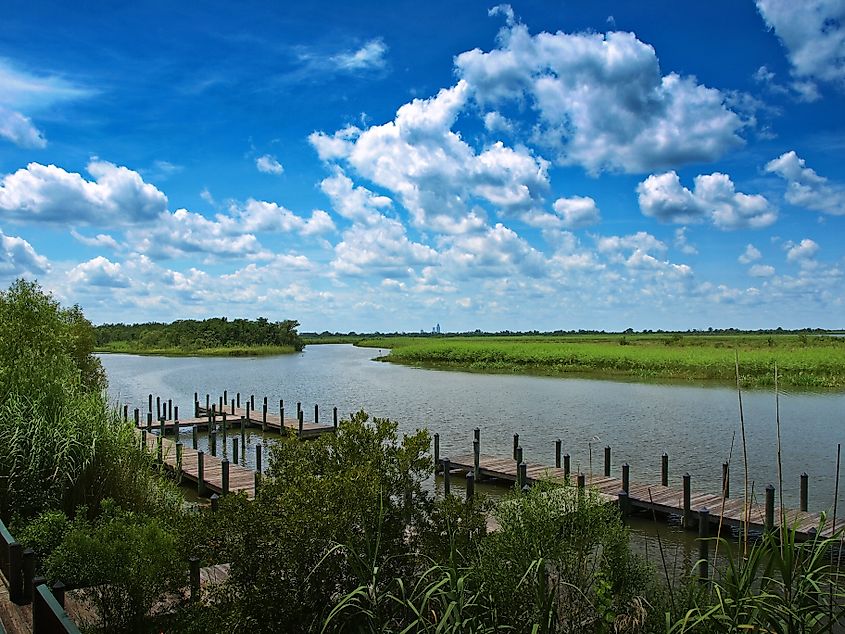
The Mobile-Tensaw Delta, located in southern Alabama near Mobile Bay, is widely recognized as the state’s most alligator-populated river system. Covering roughly 260,000 acres of wetlands, bayous, and river channels, the delta is formed by the convergence of the Alabama and Tombigbee Rivers.
Its labyrinth of backwaters and marshes provides ideal conditions for American alligators, which thrive in the region’s warm, brackish environment. Furthermore, the delta’s vast size and diverse habitats, ranging from cypress swamps to tidal creeks, make it a stronghold for both juvenile and adult gators. The delta is also an important ecosystem for herons, egrets, and otters, reinforcing its reputation as one of the most biologically rich areas in the United States.
Encounters are common near waterways such as the Tensaw, Blakeley, and Apalachee Rivers, especially during late spring and summer when the reptiles are most active. If you're interested in safely exploring the area for yourself, various boating tours and wildlife excursions depart from Spanish Fort or Stockton, often highlighting the abundance of alligators along the shores.
Tombigbee River
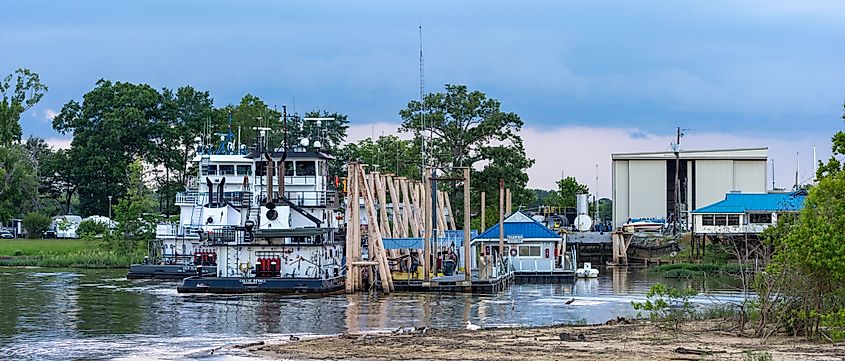
The Tombigbee River, flowing for around 200 miles, is another one of Alabama's key alligator habitats. Originating near the town of Amory, Mississippi, and merging with the Alabama River to form the Mobile River, it passes through a mix of dense woodlands, oxbow lakes, and cypress swamps that provide excellent nesting and feeding grounds for the reptiles. Populations are especially concentrated in the southern stretches of the river, where the warm, slow-moving water supports dense vegetation and abundant fish.
Here, alligators are often seen in quieter inlets near Demopolis and Jackson, where backwaters create safe and secluded refuges. These areas also give the reptiles access to both freshwater and the slightly brackish environments they favor in warmer months. The Tombigbee’s connection to the Mobile-Tensaw Delta also allows alligators to move freely between a vast array of different habitats, ensuring a healthy and stable population with lots of genetic diversity. Observers navigating its lower reaches frequently report sightings, making the Tombigbee a reliable location for viewing Alabama’s largest reptile in the wild.
Lower Alabama River
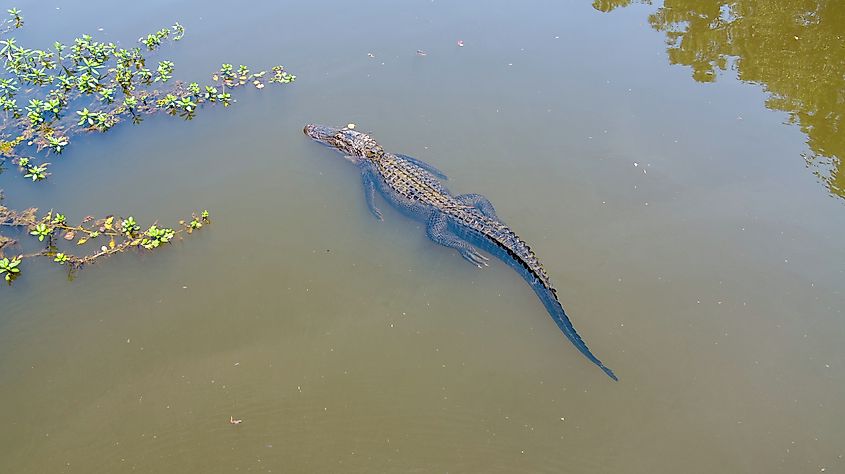
The lower Alabama River, extending from Claiborne Lock and Dam to its confluence with the Tombigbee River near the Mobile-Tensaw Delta, is a major habitat for all sorts of reptiles, along with other diverse flora and fauna. This section of the river flows through dense bottomland hardwood forests and broad floodplains, creating the slow, warm, and vegetated conditions that alligators in particular favor. The abundance of fish, turtles, and waterfowl here doesn't hurt either, making for a steady food supply.
Seasonal water levels play a role in terms of when and where to catch a sighting, as during summer’s low flow, gators are frequently spotted along sandbars and oxbows. Alligators are especially common in the lower reaches near Monroe and Baldwin Counties, too, where the river begins to transition toward the tidal ecosystems of the delta. Here, the mix of freshwater and brackish water supports some of the largest individuals recorded in Alabama.
Conecuh and Escambia Rivers
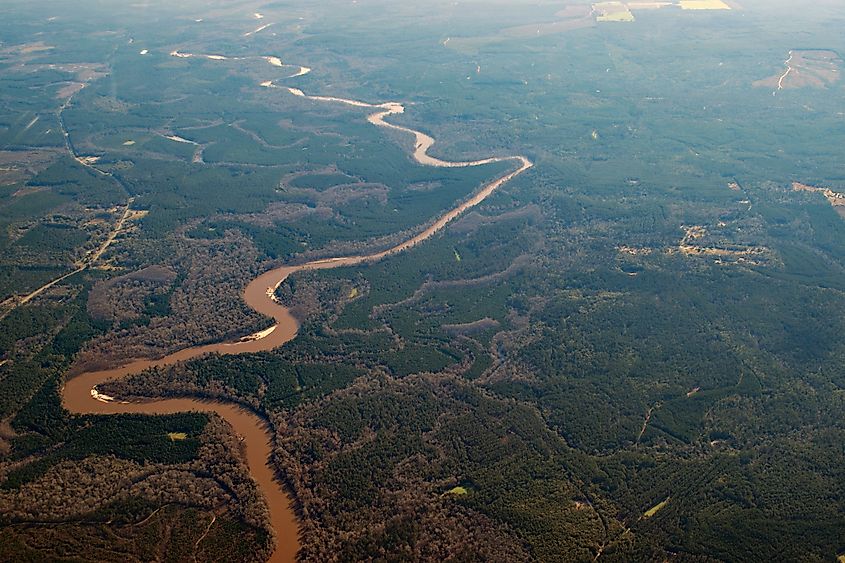
The Conecuh and Escambia Rivers, which form a continuous waterway from southern Alabama into Florida’s Panhandle, support one of the densest alligator populations in the Deep South. Originating near Union Springs, the Conecuh flows south through Covington County before crossing into Florida, where it becomes the Escambia. The river’s winding course through pine forests, cypress sloughs, and swamps creates tannin-stained waters that are also warm, and therefore ideal for alligators to thrive in.
In Alabama, the section between Andalusia and the state line is particularly active, with backwaters along the Conecuh providing especially calm areas for nesting and feeding, while the Escambia’s lower stretches near Brewton boast more expansive floodplains that attract both adult and juvenile gators. Seasonal flooding further expands their range into adjacent wetlands, where they hunt for fish, amphibians, and small mammals. These twin rivers remain a vital ecological corridor linking inland habitats with the Gulf of Mexico's coastal systems, making them essential for Alabama’s southern wilderness.
Perdido River

The Perdido River, forming another part of the Alabama-Florida border in the state’s far southeast, is exemplified by its slow-moving, freshwater stretches. Originating in southern Alabama near Atmore, the river flows southward through a mix of forested wetlands, swamplands, and meandering oxbows before emptying into Perdido Bay. Its shallow channels and abundant aquatic vegetation create the necessary conditions for alligators to nest and hunt, particularly in zones away from heavy boat traffic.
Like a lot of the rivers mentioned above, seasonal water fluctuations expand gators' access to surrounding marshes, enhancing feeding opportunities at certain times of year. The river’s connection to Perdido Bay also allows some alligators to venture into saltier waters, though most primarily remain within the freshwater sections.
Know Where To Find Alabama's Alligators
These lively rivers represent Alabama's diverse and productive wetland ecosystems. From the vast Mobile-Tensaw Delta to the quiet stretches of the Perdido, these waterways sustain healthy populations of American alligators, all while supporting a wide range of other vital wildlife along with them.
With that, protecting these rivers and their surrounding wetlands remains essential to maintaining both alligator populations and the ecological balance of the region. It is also important for your own safety to know where and when to avoid these sizable predators.
